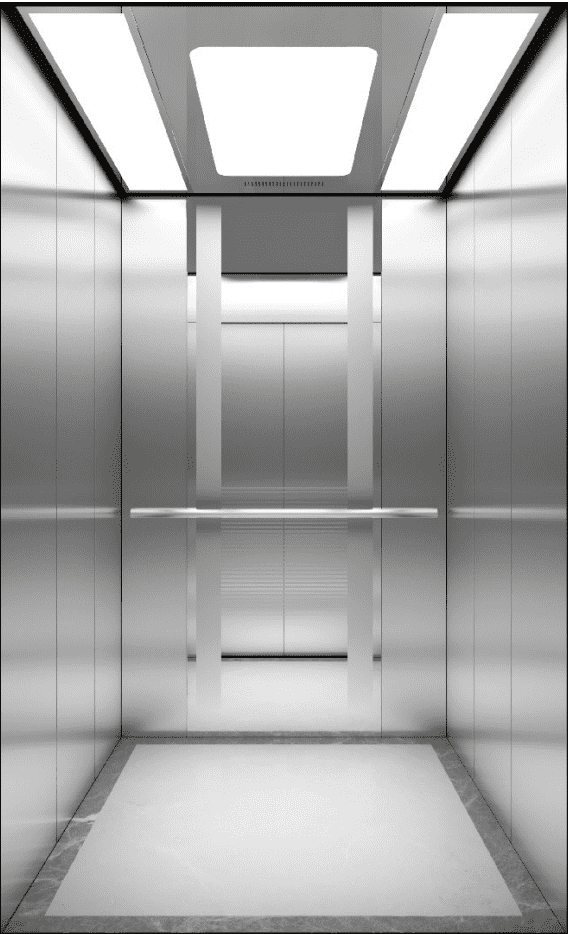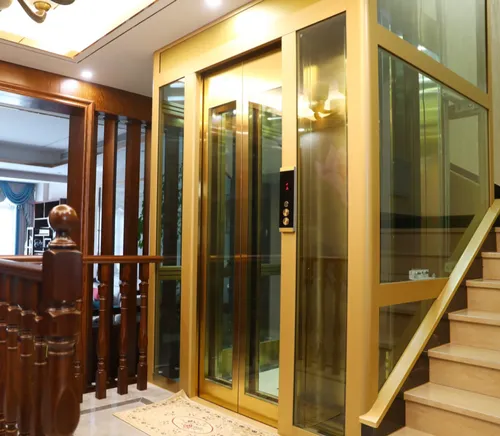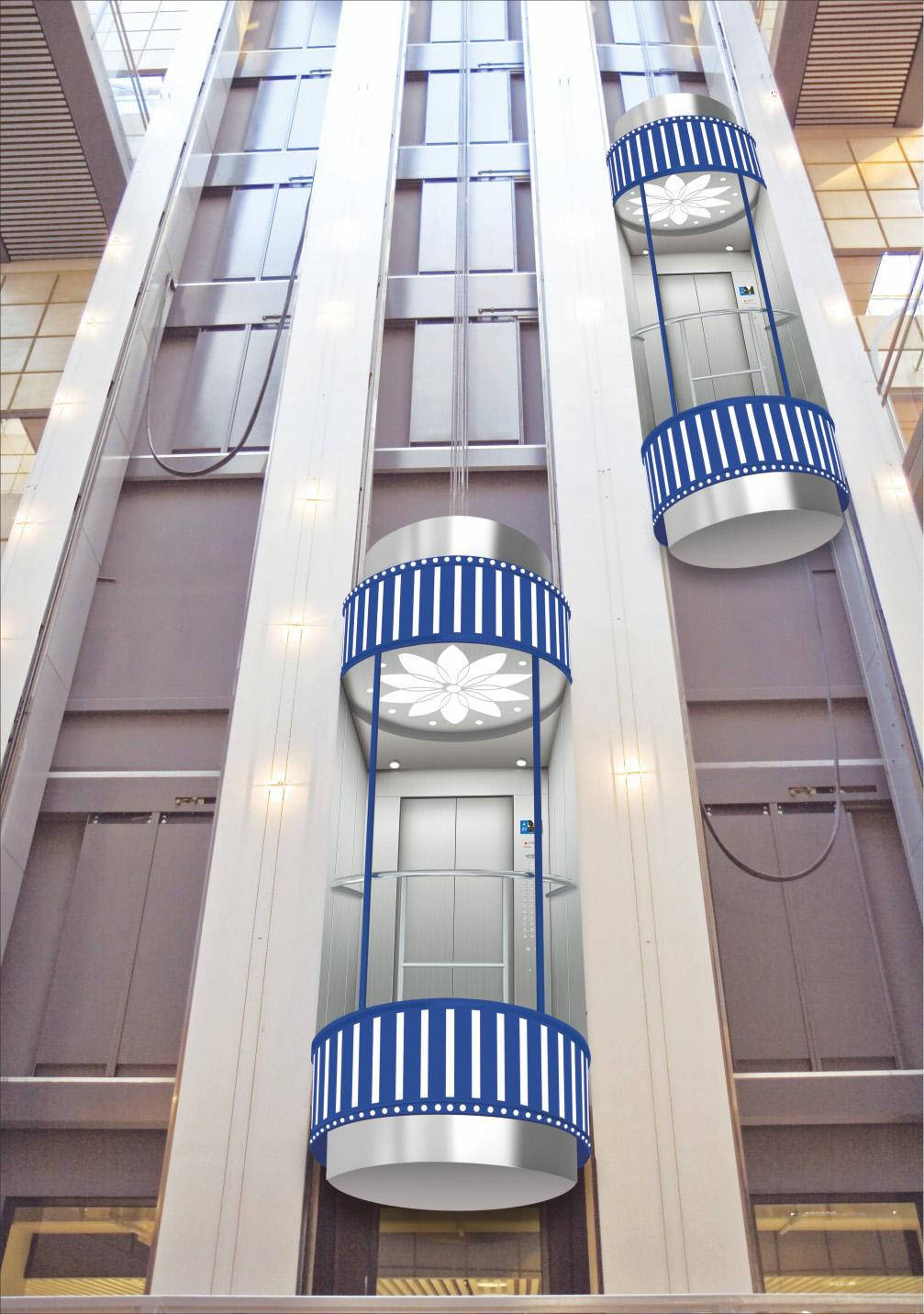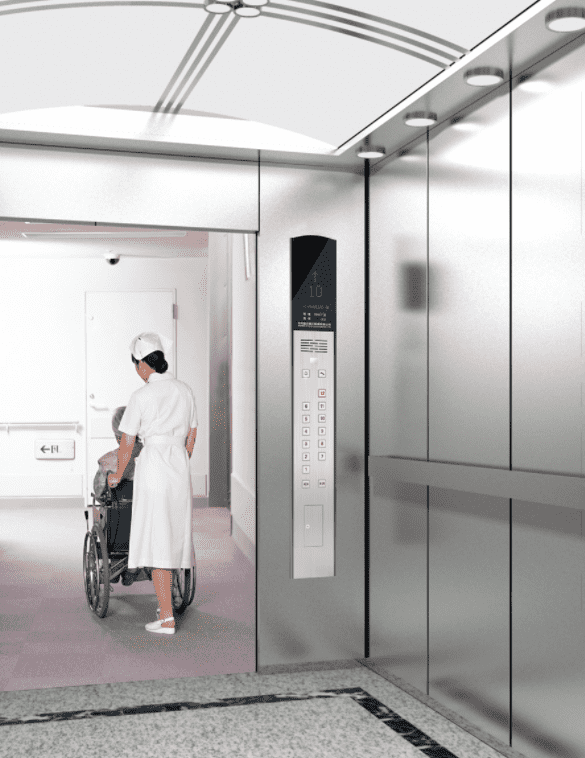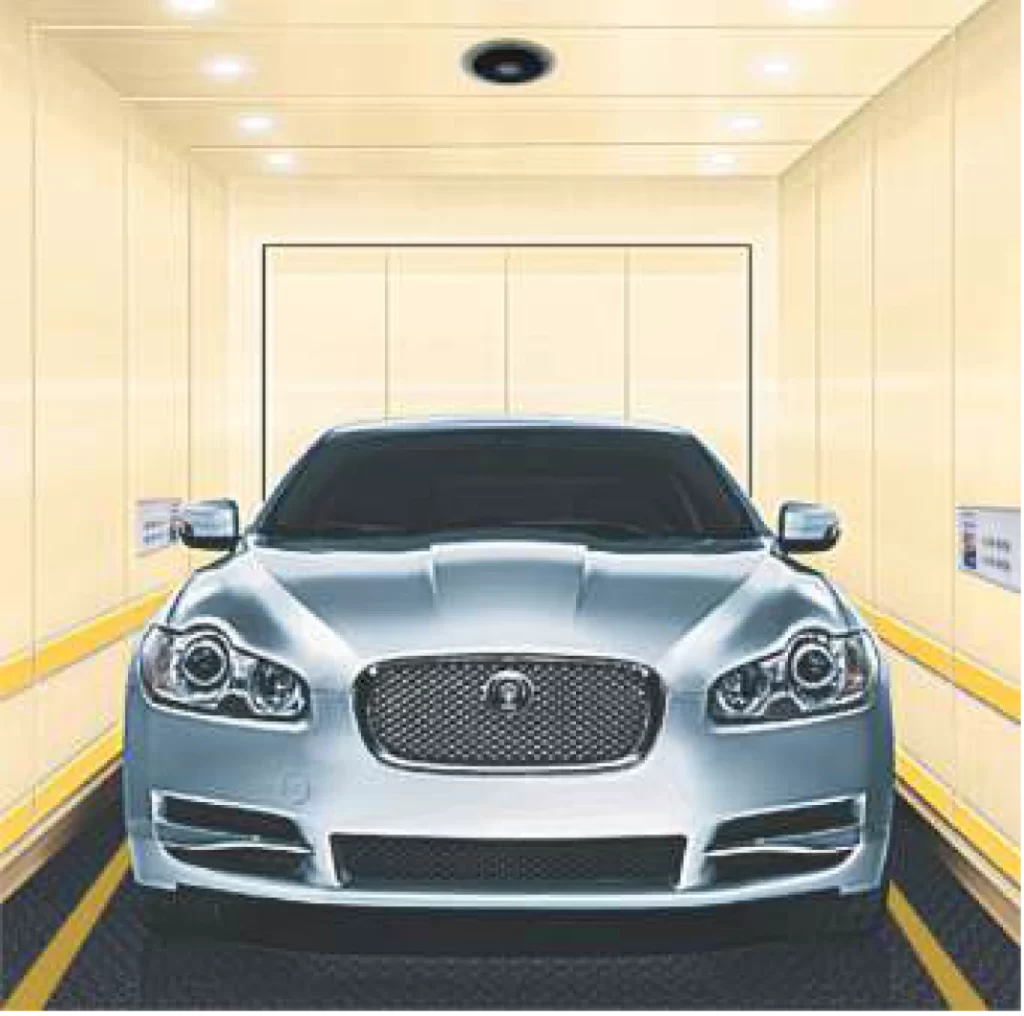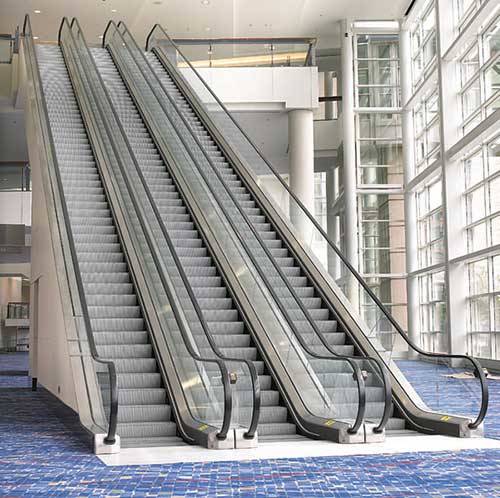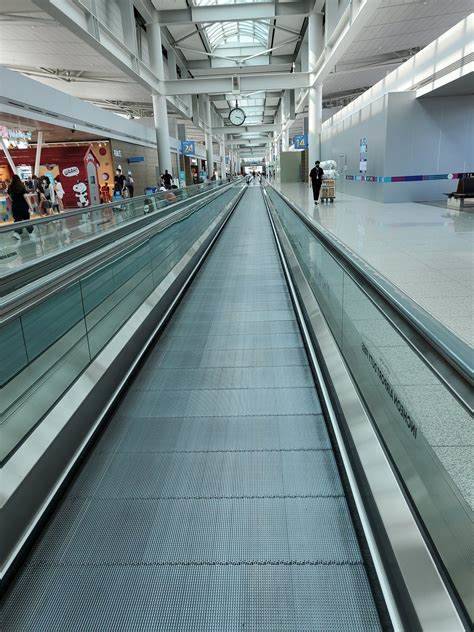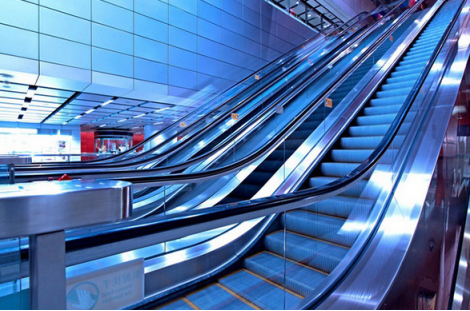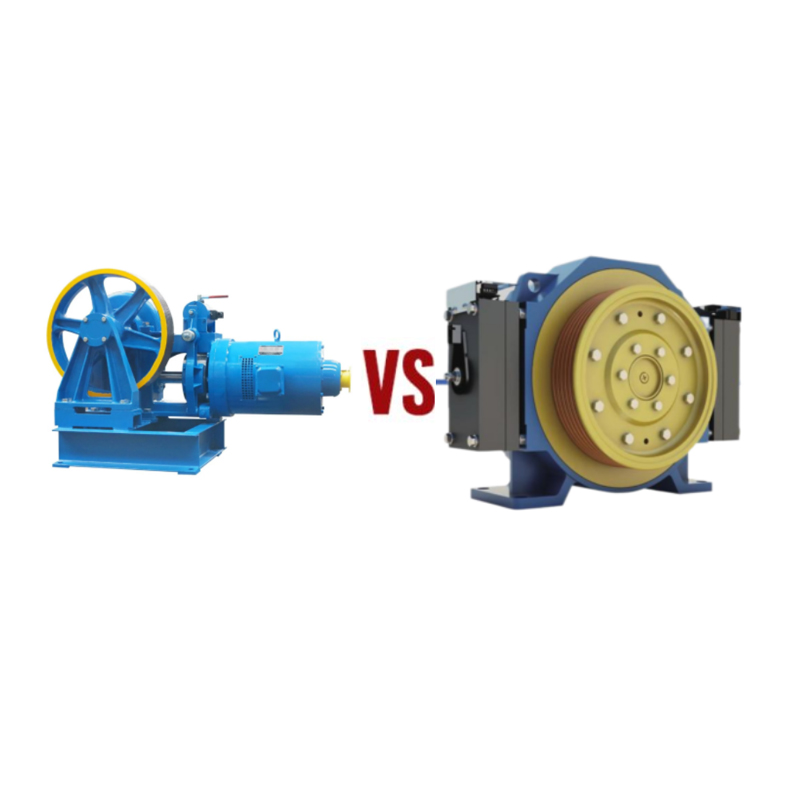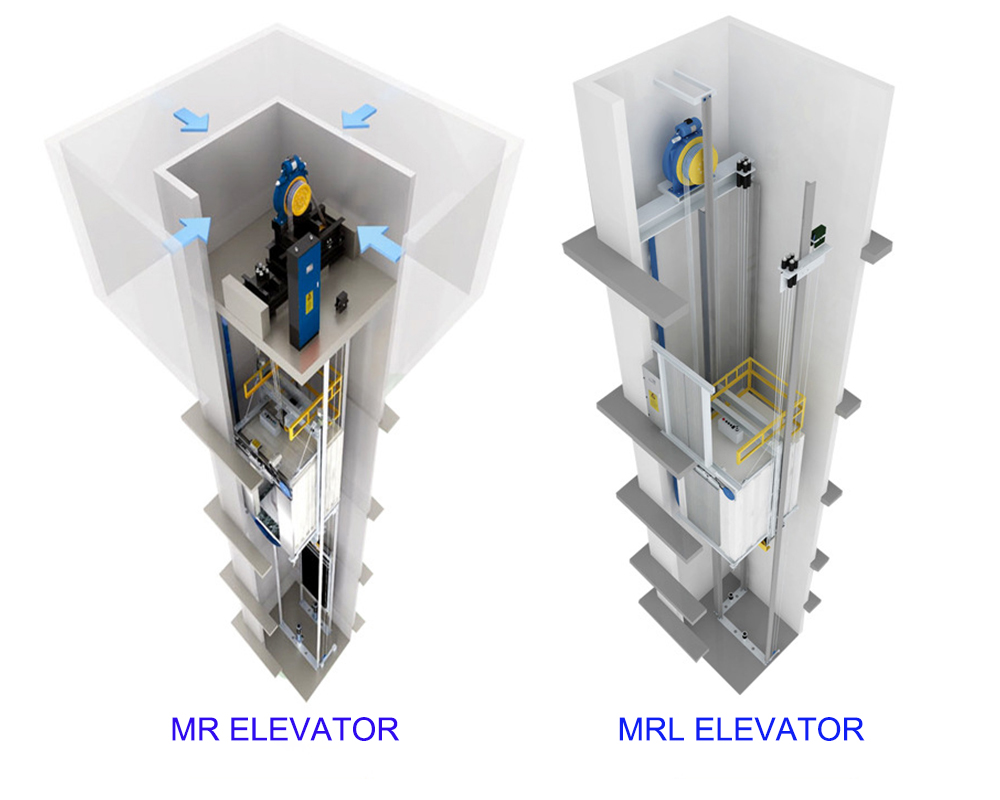A shaftless home elevator represents a modern solution to enhancing accessibility and convenience in multi-level residences. Unlike traditional elevators, which require a dedicated shaft or enclosure, shaftless elevators offer a streamlined, space-saving design that is ideal for retrofitting into existing homes. This innovative technology not only simplifies installation but also provides a practical and stylish means of improving mobility between floors. As homes evolve to accommodate various needs and preferences, understanding the benefits, costs, and safety features of shaftless elevators becomes increasingly important for homeowners considering this upgrade.So What is a Shaftless Home Elevator and its features ? Let’s read and find out.
What is a shaftless home elevator?
A shaftless home elevator is a type of residential elevator that does not require a dedicated shaft or enclosure. It is typically designed for short-distance travel between two floors and is easier to install compared to traditional elevators. These elevators are often more compact, making them suitable for retrofitting into existing homes with minimal structural modifications. Shaftless home elevators provide a convenient and accessible solution for individuals with mobility issues or for those seeking to enhance the functionality of their home.
How do shaftless elevators work?
Shaftless home elevators operate using a self-contained drive system, typically mounted at the top or bottom of the unit. The elevator moves along a track attached to the wall, guided by rollers or wheels. They usually use electric or hydraulic mechanisms to lift and lower the cab. The design eliminates the need for a dedicated shaft, making installation simpler and more adaptable to existing structures. Safety features like sensors and automatic braking systems ensure secure and smooth operation.
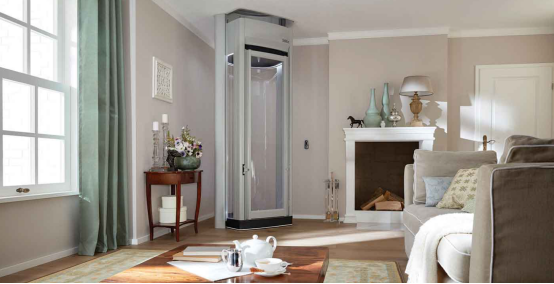
How much weight can a shaftless elevator hold?
A shaftless home elevator can typically hold between 500 to 1,000 pounds (approximately 225 to 450 kilograms), depending on the specific model and manufacturer. It’s important to check the specifications of the particular elevator you are considering to ensure it meets your weight capacity needs.
What is the typical cost range for purchasing and installing a shaftless home elevator?
The typical cost range for purchasing and installing a shaftless home elevator is between $15,000 and $30,000. This cost can vary based on factors such as the model, customization options, and specific installation requirements of your home.
How much space is required for a shaftless home elevator?
A shaftless home elevator typically requires a space of about 3 to 5 square feet (approximately 0.3 to 0.5 square meters). The exact dimensions can vary based on the model and manufacturer, so it’s important to check the specifications for the particular elevator you are considering.

Can a shaftless home elevator be retrofitted into an existing home?
Yes, a shaftless home elevator can be retrofitted into an existing home. These elevators are designed to require minimal structural modifications, making them a convenient option for homes without a pre-existing elevator shaft.
What’s a Shaftless home elevator cost for 3 floors?
For a shaftless home elevator serving three floors, the cost typically ranges from $25,000 to $45,000. This range can vary based on the specific model, customization, installation complexity, and other factors.
Is a shaftless home elevator safe?
Yes, a shaftless home elevator can be safe when properly installed and maintained. Here are some key safety features and considerations:
- Design and Structure:Shaftless elevators are designed with safety in mind, incorporating robust materials and engineering to ensure stability. The system includes safety sensors and automatic braking mechanisms to prevent accidents.
- Safety Sensors:Many shaftless elevators are equipped with safety sensors that detect obstructions and prevent the elevator from moving if something is in its path. This helps avoid potential accidents and injuries.
- Emergency Features:They often include emergency stop buttons and manual lowering systems that can be used in case of a power failure or other issues, allowing users to safely exit the elevator.
- Compliance with Standards:Shaftless home elevators are generally built to comply with safety standards and regulations set by relevant authorities. These standards are designed to ensure the elevators are safe for residential use.
- Regular Maintenance: Like all elevators, shaftless models require regular maintenance to ensure their continued safe operation. Regular inspections and servicing by a qualified technician are crucial to address any wear and tear or mechanical issues.
- User Instructions:Proper usage and understanding of the elevator’s features are important for safety. Manufacturers provide detailed instructions and safety guidelines to help users operate the elevator correctly.
Overall, while shaftless home elevators are designed with safety features, it is essential to follow manufacturer guidelines and ensure regular maintenance to maintain a high level of safety.
What is the Smallest home elevator cost?
The smallest home elevators, typically compact or “mini” elevators, generally start at around $10,000 to $15,000. These elevators are designed for tight spaces and offer a more affordable option compared to larger models. Costs can vary based on features, installation complexity, and customization.
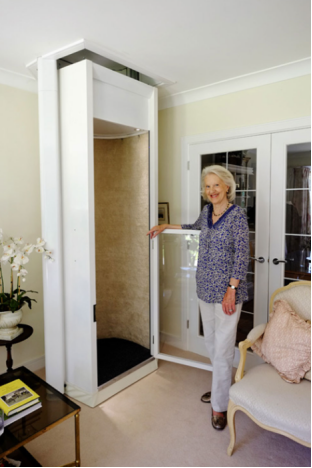
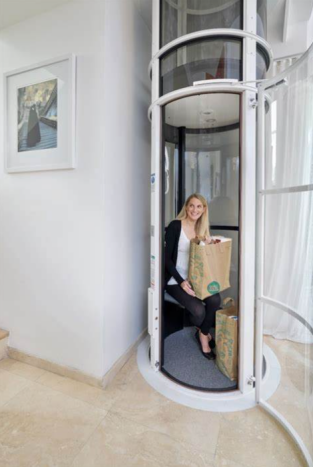
In conclusion
shaftless home elevators offer a versatile and efficient solution for enhancing accessibility in multi-level homes. Their innovative design eliminates the need for a dedicated shaft, making them ideal for retrofitting and installation in existing structures. While they provide a space-saving and cost-effective alternative to traditional elevators, it’s crucial to consider factors such as cost, space requirements, and safety features when making a decision. By understanding these aspects, homeowners can make informed choices that meet their needs and improve their living environment. Whether for ease of mobility or increasing home value, shaftless home elevators present a modern and practical option for contemporary residential design.

